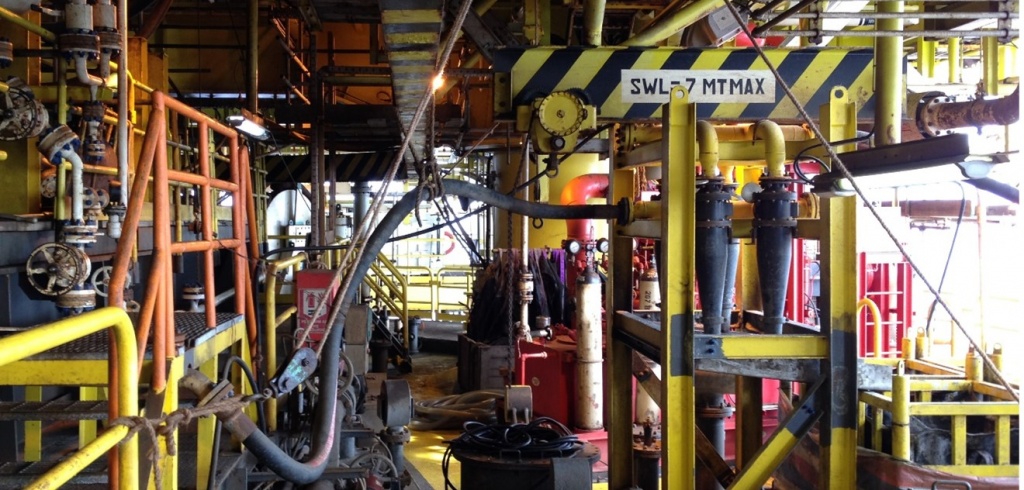Bulk and Final Dewatering (B-FSM-158)

A very large Facilities Sand Management system may have a two-stage dewatering station. In that case the first stage is called Bulk Dewatering, while the last stage is Final Dewatering. A two-stage dewatering system is not very common, but both steps are discussed here for completeness.
Bulk Dewatering
Also called 1st Stage Dewatering
- Not often required
- Only with large volume or semi-continuous systems
- Removes 75-90% of the liquid volume to simplify and shrink final stage dewatering and transport
- Bulk fluids sent to open or closed drains (offshore) or to capture pit (onshore)
Bulk dewatering methods
- Urethane cyclones (similar to that used for drill cuttings)
- Settling tank with liquid overflow
- Spiral classifier (onshore)
Process Design
- Slurry flow rate/pressure/duration/cycle, concentration and total mass amount of solids, and oil-on-sand concentration, particle size analysis
Final Dewatering – The primary purpose of dewatering
Minimize disposal volume and weight of sand/slurry for transport
- Up to 95% of volume removed
- Final slurry is <3 vol. % liquid – sand castle building material
- Wet sand is ~1700 kg/m³ bulk density
Remove free hydrocarbon liquid
- Most oil flows freely with drainage water
- Flushing with clean water during dewatering provides basic cleaning
Capture liquid and vapor for containment in closed systems
- Enclosed dewatering captures all free liquid and vapor for HSE
Process Design
- Slurry flow rate/pressure/duration/cycle, concentration and total mass amount of solids, and oil-on-sand concentration, particle size analysis
References:
- Rawlins, C.H. and Wang, I. 2001. “Design and Installation of a Sand-Separation and -Handling System for a Gulf of Mexico Oil Production Facility”. SPE Production and Facilities, August, pp. 134-140. https://doi.org/10.2118/72999-PA
- Rawlins, C.H. 2019. “Enhanced Production Through Surface Facilities Sand Management.” SPE Distinguished Lecturer presentation. Link here
- Rawlins, C.H. “What to do with Produced Solids after Separation: Dewatering, Transport, and Disposal.”. White Paper Publication, eProcess Technologies. Link here
Next week I will cover open and closed dewatering.
